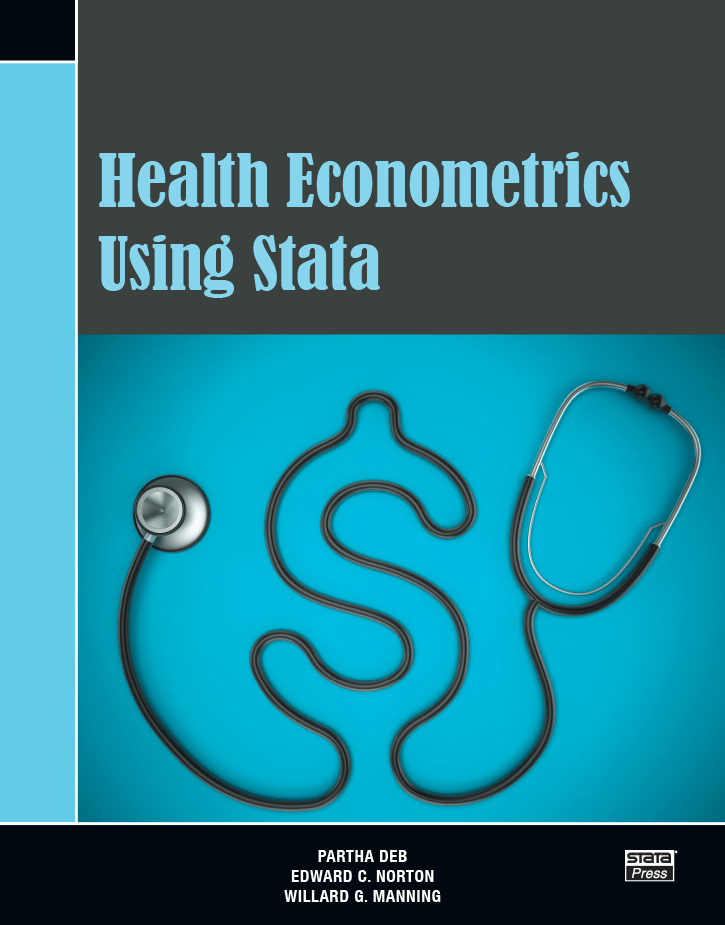Fair allocation of health care resources is a challenge that we can't solve strictly with some criteria or principles. Of course, we do need some benchmark but we require a fair and transparent process. This is precisely the focus of a chapter by Govind Persad in a recent book. The key issue is how in fact resources should be allocated.
Society is ultimately interested not only in empirical surveys of how its members believe medical interventions should be allocated, but also in answers to the normative question of how medical resources should be allocated.Survey methods, experts opinion,...
Even though public attitudes do not directly determine the solution to moral problems, empirical research into public attitudes can be useful in a variety of ways. By showing which beliefs are popular among the public, or which beliefs are points of division, empirical research can help to focus moral inquiry on those claims or beliefs, thereby ensuring that philosophical reasoning is relevant to real-world problems. Furthermore, even though popularity does not constitute correctness, the unpopularity of a normative position can justify placing it under scrutiny.


